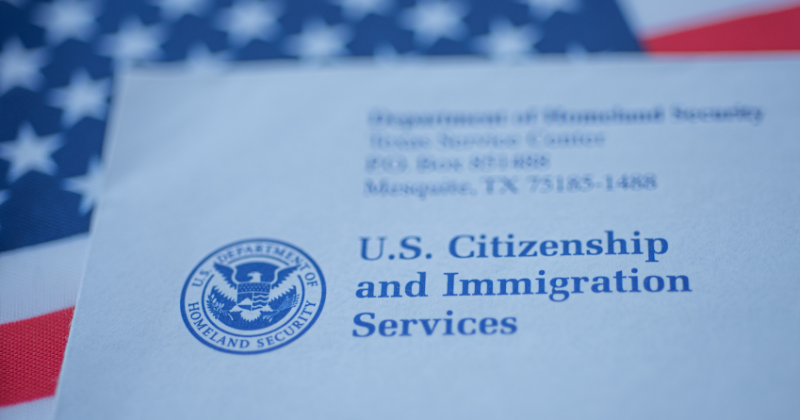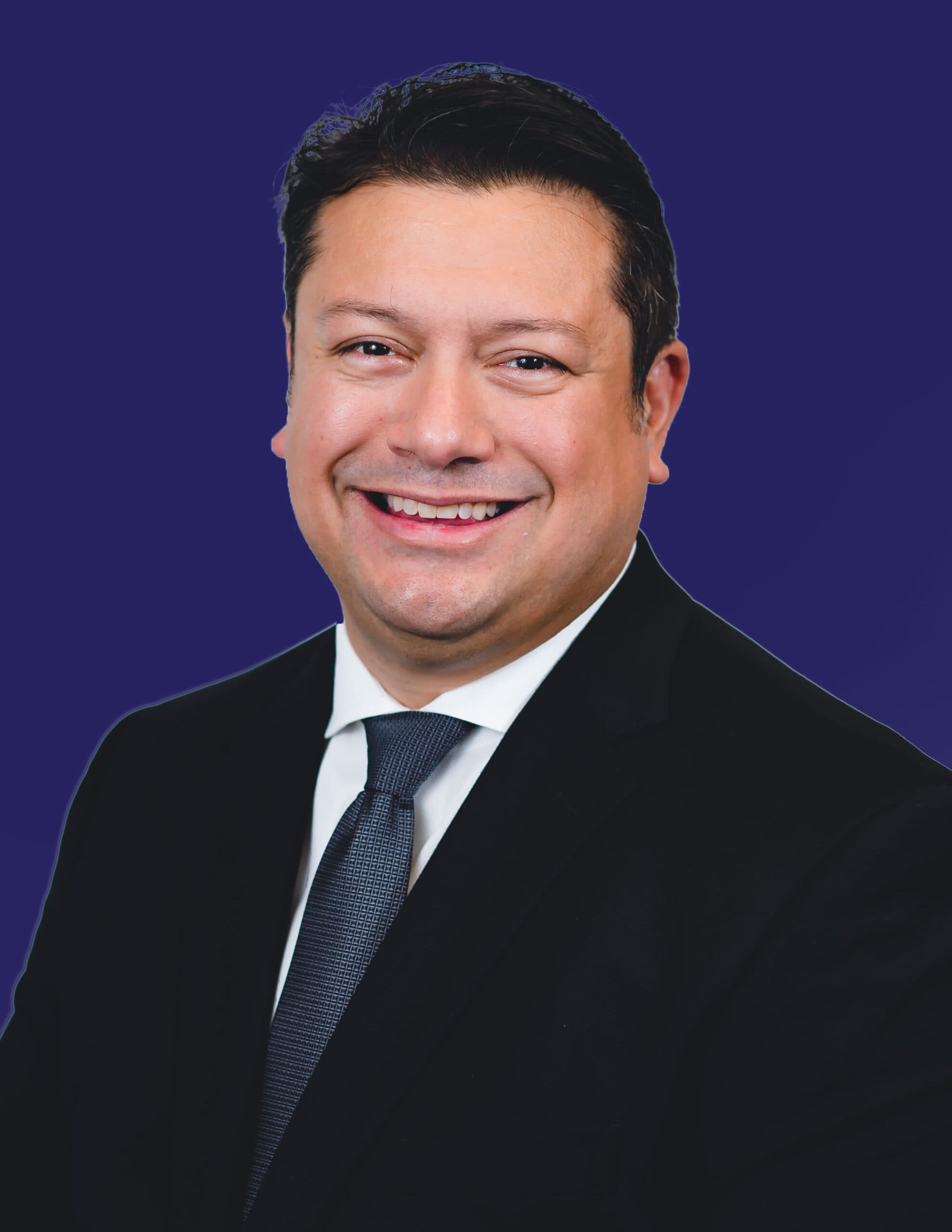
U.S. Citizenship and Immigration Services (USCIS) released updated guidance regarding requests for the “transfer of underlying basis” between employment-based categories in January. Previously called “green card interfiling,” transfer of underlying basis is an adjustment of status from one immigration category to another. Previously, USCIS had discouraged transfer of underlying basis. But the January 21, 2022 guidance acknowledged that adjusting status may be appropriate for some applicants, and also gave a preferred procedure for how to request a transfer of underlying basis.
USCIS may at its discretion grant a transfer of underlying basis. To qualify for transfer of underlying basis, the applicant must have:
The January USCIS guidance provided USCIS’ preferred process to request a transfer of underlying basis:
Depending on your current status and what status you plan to change to, interfiling can lengthen the I-485 processing times. However, the overall process could be shorter if the applicant is converting from one petition category to one that allows the applicant to adjust status more quickly, such as the EB-3 to EB-2 transfer of underlying basis in the January USCIS status. An experienced immigration lawyer can advise the applicant of the best opportunity for their specific situation.
If you have questions about your immigration status, we can schedule an evaluation or attorney consultation to answer your immigration questions. Contact Godoy Law Office at 630-912-0322; our skilled immigration lawyers can answer any questions about immigration and guide you through every step of the process.
Godoy Law Office serves the entire Chicago, Illinois area including DuPage, Cook, Kane, Will and Lake Counties.
Se Habla Español

Immigration Attorney Mario Godoy has years of experience guiding clients with immigration issues through the immigration process along with guiding clients through the criminal case. Godoy focuses on family-based immigration law, business immigration law, removal defense, and criminal defense representation of immigrants. A criminal charge or conviction can be devastating to your immigration case. With over a decade of immigration law experience and memories of family members who were deported due to bad legal advice, Godoy is committed to helping other immigrant families receive the legal justice they deserve. As a legal entrepreneur who practices immigration law, criminal law, estate and probate law, and running two successful law firms, Mario Godoy understands the importance of keeping families together and making a home and future in America.




